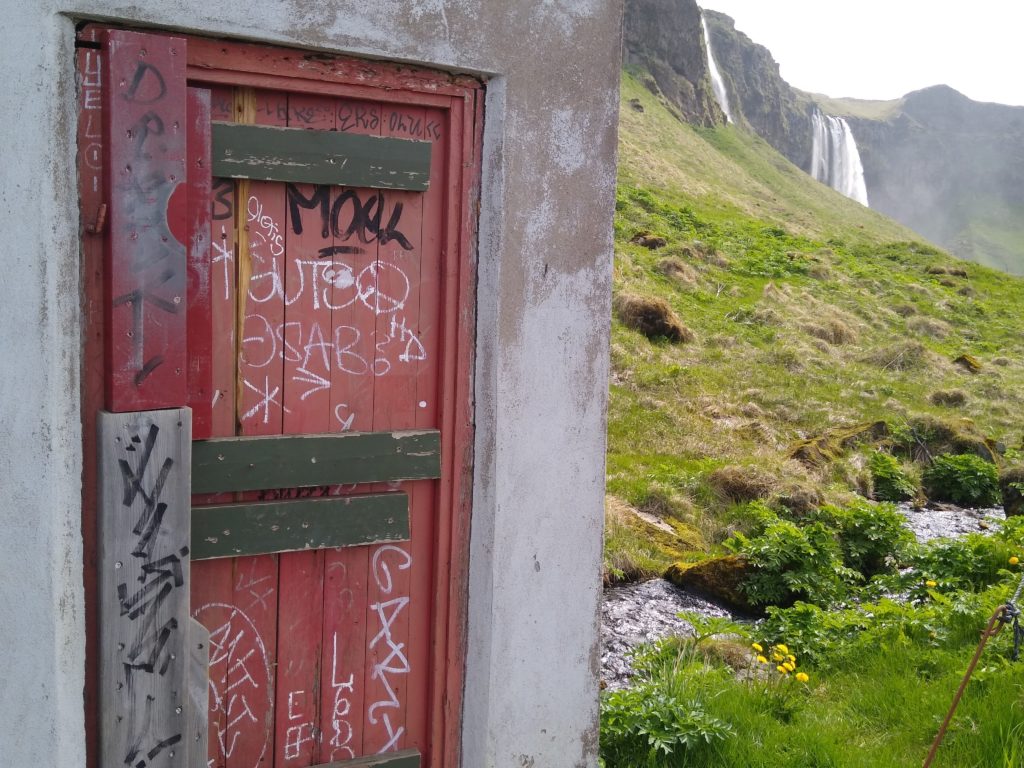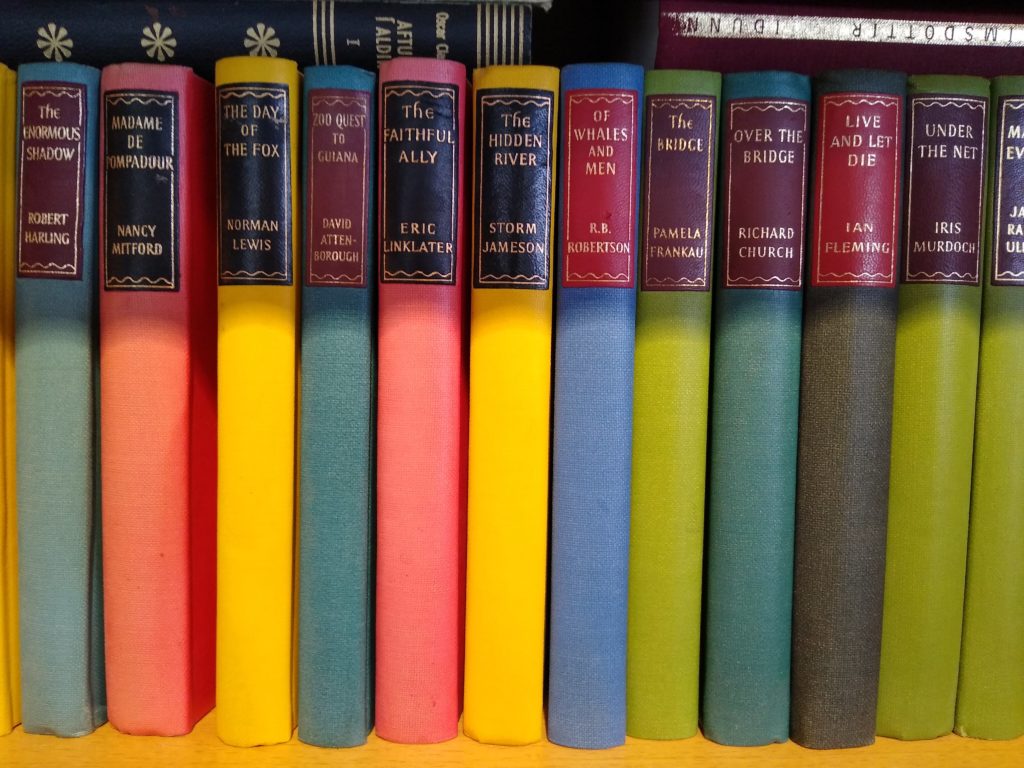
Travel Journal, 105
How can anybody put to paper a place like Iceland?
The Land of Fire and Ice—a mystical place of tradition and beauty, of art and literature.
Iceland’s natural resources are its greatest treasure. And I’m not just talking about the land itself. The tiny island the size of Ohio married the Viking people centuries ago. There’s never been a unification more seamless.
To my knowledge, Iceland is the only country in the world whose people did not displace or conquer another people group in order to live there. The Viking people landed on Iceland’s shores and found it cold and icy in the winter. But summer arrived. And much to their surprise, this icy land grew green and (relatively) lush. Settlement commenced.
And the land was far more than green. Cold, clean water flowed from bubbling springs. Grass fed their livestock. Steaming water from innumerable hot springs gave them heat. Mountains, glaciers, water, ocean, fish, and full summer sun—this land had it all. The only downside is the dark, dark winters (hence all the reading, see below).
Icelandic people strike me as similar to the Japanese. They pursue specific tasks and craft with similar passion, but for different reasons. The Japanese pursue excellence in so much of their lives. Order a coffee or go on a museum tour. The sheer excellence in what they do astounds me. But to them, seeking perfection gives them satisfaction in a job well done. It’s an honorable and accomplishing thing to do something at its highest form.
The Icelandic people also strive for excellence. But they do so for the joy of the thing. They work for the love of old, old traditions. Historic ways must not be lost. A hauntingly beautiful and mystical status quo needs to be upheld. And that’s not a bad thing. Their pursuits lean toward the crafts and arts. Whether metal work or writing, Icelandic art bleeds honest simplicity. You’ve never wanted to own a thick woolen sweater so badly in your life. The hand-dyed yarns come together lovingly. And they’re not just a souvenir—the Icelandic people wear them daily with pride.

They are a people of books and reading books. Reykjavik is a UNESCO City of Literature. I stopped into one of the many bookstores in Reykjavik. More books are published per capita than any other country in the world. According to a 2013 article from the BBC, one in 10 people will publish a book in their lifetime. And most of them are published during the Christmas season during a time called Jolabokaflod (or, Christmas Book Flood). Booksellers publish huge catalogues. And books are the most popular Christmas present.
Simple traditions, like reading and crafts, persist all over the country. Go for a drive. Look at the buildings, the homes. The first thing you will notice is the lack of variety. Most homes and churches and schools have the same cream-colored walls and red roofs. One of our friends found this odd. So she took it upon herself to find out why this was. She asked grocery store clerks, gas stations attendants, people on the streets; none knew the answer. Until finally one Icelander said that the predominate Christian denomination in the late 1800s was the Lutheran Church of Denmark. The Danish flag being red and white, most houses since then have been built reflect the Church of Denmark.
As always, the written surveys of places and cultures that you find written here, flow fully from my own mind and perspective. And if perspective is anything, it’s subjective—different for everybody. What you see and feel in a foreign place will, in fact, be far different than what I see and feel. And it seems like whenever I write about a place or a people, I find myself never quite capturing the truest nature of the thing. How can but a few words on a page elicit emotions and summon the ghosts of a strange land?
Alas, I try my darndest.
This quick glimpse may give you a basic idea of the Land of Fire and Ice.
But in the end, the best was to know a place is to go there.
anthony forrest
more on Iceland:
Iceland: on Covid testing and travel in a post-pandemic world
Leave a Reply